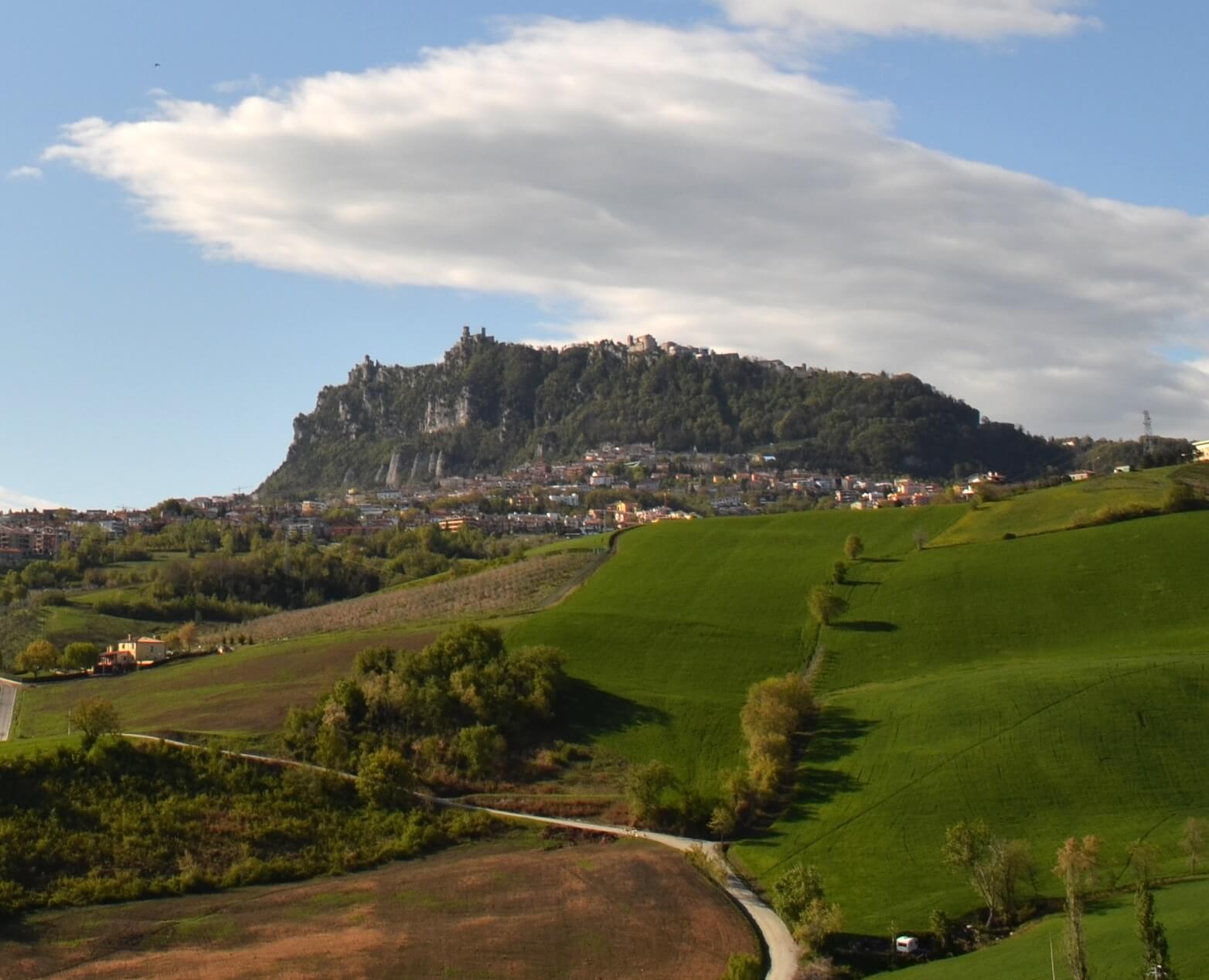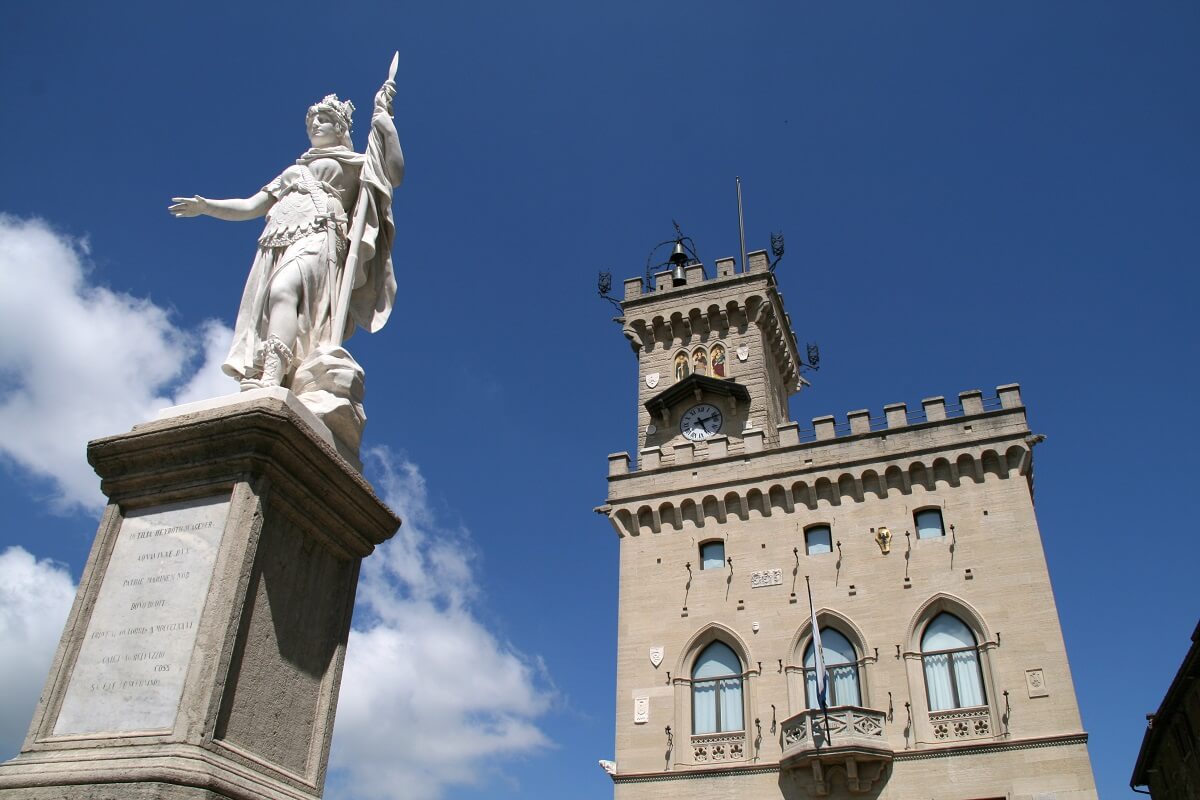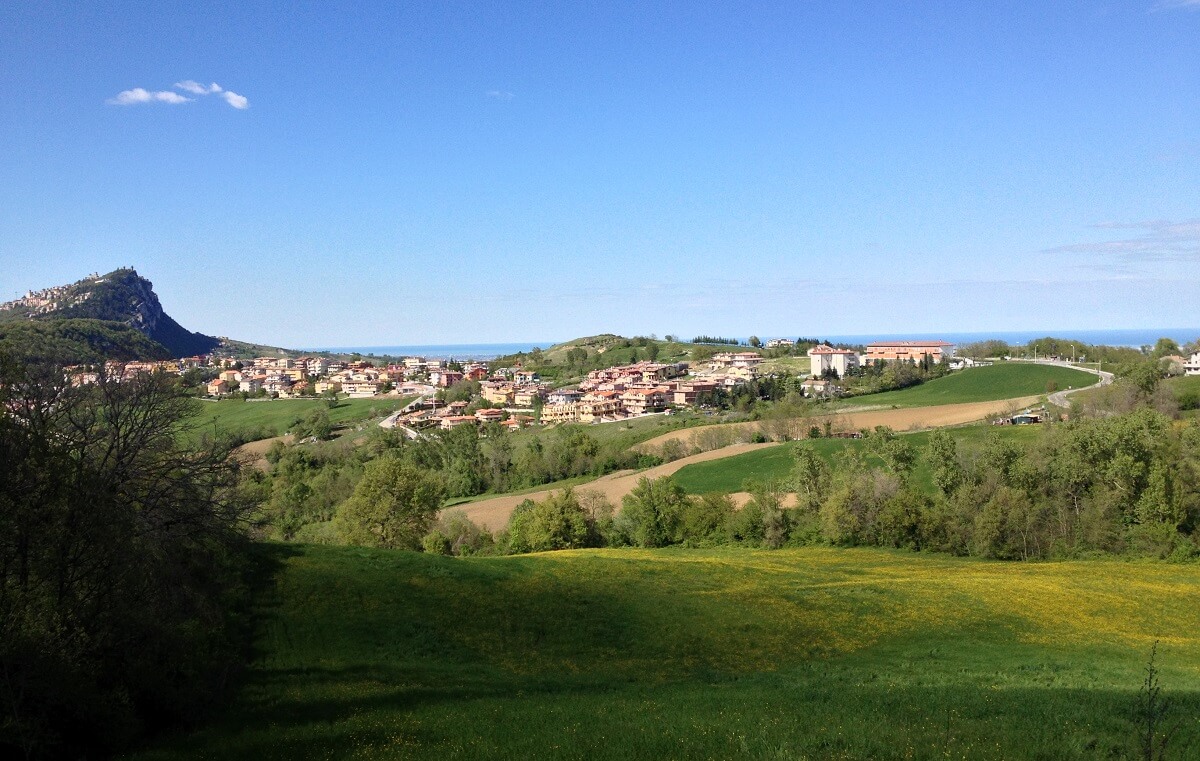The nine Castelli of San Marino (municipalities)
Segments of territory equivalent to Italian provinces
The Castelli (Municipalities) of San Marino and the autonomous administrative bodies
How is the territory of San Marino divided up?
The entire land area of San Marino is divided into 9 municipalities, each governed by a Giunta di Castello (Municipal Council) that manages services to citizens and the promotion/organization of cultural activities.
At the head of the Municipal Council, is the Capitano di Castello (Council Captain) who is elected, every 5 years, by all the residents of the Republic old enough to vote.
Curiosity
The Municipalities that have more than 2000 inhabitants are run by a Council made up of 9 members, those with a smaller number of inhabitants have 7.
Of these, the "Castello di San Marino" is the capital.
A word about the Municipalities of San Marino
Each of these nine Castelli has something unique and exciting to discover. Let's look at them together, in more detail.

The Municipality of San Marino
The origins of the Castello recall the famous legend of the Founding Saint of the community of San Marino who, in 301 A.D., took refuge on Mount Titano. The small capital contains a historical, museum and architectural heritage of inestimable value.
Tourists are constantly made aware of this value when they take in the beauty of the pedestrian area and the rich assortment of handicrafts and souvenirs on sale there.

The Municipality of Serravalle
The Municipality of Serravalle is mentioned for the first time in the famous diploma of King Ottone of 962. A Malatesta outpost, this Sammarinese Township was annexed to the Republic in 1463. Having become an important urban centre, the area near the Castello offers tourists a friendly centre with some trademark shopping facilities.
The Municipality of Borgo Maggiore
An ancient market since 1244, the area close to the Castello takes on a particular historical interest for its churches, monuments and typical boroughs in the historic centre that are on the list of UNESCO World Heritage Sites.
Ample parking and a quick cable car connection with the historic centre of the capital can also be found in this area.
The Municipality of Faetano
Ancient dominion of the Malatesta family of Rimini, Faetano was one of the last territories annexed to the Republic in 1463. The centre of the township is interesting for its Church, whose construction dates back to the last century, and the Casa del Castello. Faetano is an ideal destination for outdoor excursions, thanks to the River Marano and a small lake prepared for sports fishing.
The Municipality of Domagnano
Domagnano has been a small village since 1300. In 1463 the fortress of Montelupo was annexed to its territory by the conquering Sammarinesi after the war against the Malatestas of Rimini. In addition to the Castello, the area is known for its spectacular views that offer enchanting panoramas of both the sea and Mount Titano.
The Municipality of Chiesanuova
Chiesanuova originates from the medieval Castello and the court of Busignano. It has a landscape of particular beauty for the natural environment, lying on the first spurs of the Apennines.
The Municipality of Fiorentino
An ancient Malatesta fortress, Fiorentino was annexed to the Republic of San Marino in 1463. Archaeologically it has been rich in important finds. From this fortress it is easy to reach cities such as Cattolica, Pesaro, Urbino and San Leo.
Photo credits Sonia Ceccaroni

The Municipality of Montegiardino
The origins of Montegiardino date back to the Longobards. Annexed to the Republic in 1463, Montegiardino is home to an enchanting, old castle, whose architecture and views are of rare beauty. Also interesting is the 19th century church, for the altar frontals kept there, dating back to the previous century.
The Municipality of Acquaviva
Acquaviva owes its name to a spring of water flowing from the living rock. Today it is a charming village, immersed in the green of the surrounding countryside. The natural park of Monte Cerreto allows jogging and sports and all kinds of recreational activities.




